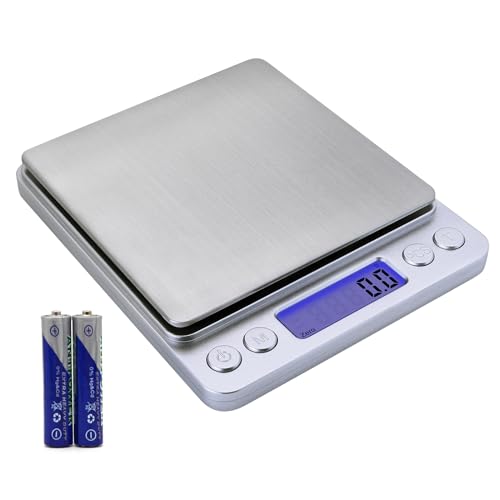Some things to consider:
Make sure all your percents add up to 100% (not including the superfat%) -- soapcalc will remind you if they don't add up.
I would agree with others and not try using the milk on your first try. It can be very tricky, as it can A) scorch and B) overheat the soap.
I would suggest using just water for your liquid until you experience how the whole soap-making process goes from start to finish without any complicating factors.
100% Olive Oil soaps are lovely for dry skin, but take a LONG time to cure -- up to a year to cure for the best results. And they take a long time to reach trace when making them. Probably not a soap for the first batch, as it can be frustrating.

Also, Olive oil soaps tend to be less bubbly and more creamy with their lather, and a bit slippery. Some people don't like this aspect. I don't mind. And the longer they cure, the better they bubble.
When using coconut oil, most would recommend amounts under 20% to avoid being too cleansing/drying. Alternately, one could use 100% coconut oil with a very high superfat of at least 15-20%. 100% coconut oil soaps will trace very quickly and become very hard very quickly, so also probably not a good first soap.
Even a 0 cleansing number in soapcalc will clean just fine.

It just means it won't strip as many oils from your skin. The higher the cleansing number, the more oils the soap will attach to and wash down the drain.
DO click on all the tips and explanations in soapcalc and also, here on SMF, search for DeeAnna's explanations of what the soapcalc numbers mean. Very useful stuff!
Adding superfat at trace doesn't really make much difference. The lye attaches to whichever oils are there until the saponification process is complete. The only way to ensure that only the oil you choose stays as superfat is to hot process the soap, so that saponification is complete before you add the superfat oil. So it's easiest when doing cold process soaps to just add the superfat oil right in along with all the other oils at the beginning. When you use soapcalc and enter the superfat % you want, soapcalc discounts the lye amount, so that the right percentage of your chosen oils remains unsaponified. So you don't have to figure what amount of oil to add extra.
If I personally was using the oils you have, I would probably go ahead and find one additional oil, like palm or lard. You can get a mix of soy and palm in Crisco shortening, or you can get pure palm oil in Spectrum brand shortening. You can also usually find Castor oil, if you want that, in the pharmacy section by the laxatives.
You can do a nice recipe with the ones you have, but it would be high in Olive Oil, which like mentioned will give it a longer cure time...
If I only had those 3 oils to work with, I would do:
70% Olive
20% Coconut
10% Shea
with a 7% superfat.
I would also mix in 1Tbsp (per pound of oils [ppo] )of plain sugar in the water BEFORE adding the lye to the water. This will help with bubbles. (if you try to mix it in after your lye, it will just clump up in weird melted clumps)
If I had some palm oil, or lard also, I would do:
40% Olive
20% Coconut
30% Lard or Palm
10% Shea Butter
And if I was able to also get Castor, I would try something like:
40% Olive
15% Coconut
30% Lard or Palm
10% Shea Butter
5% Castor Oil.
(I've actually done this one -- very nice soap)










































